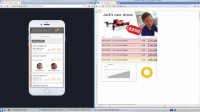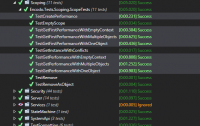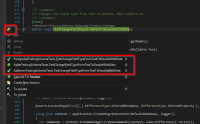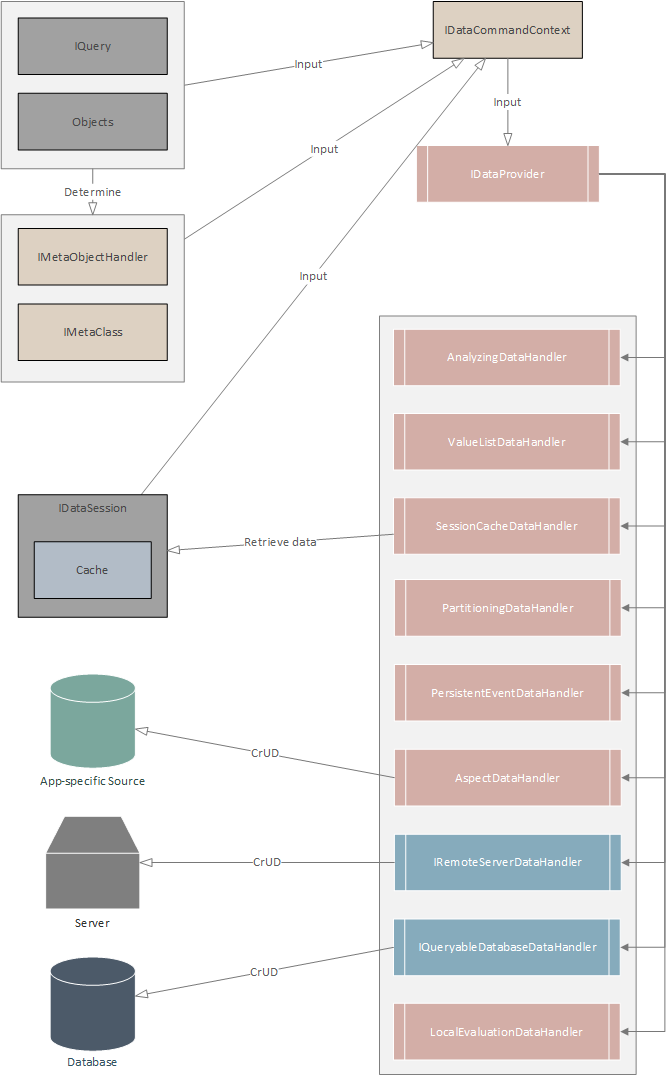 A lot of work has been put into Quino 2.0, with almost no stone left unturned. Almost every subsystem has been refactored and simplified, including but not limited to the data driver, the schema migration, generated code and metadata, model-building, security and authentication, service-application support and, of course, configuration and execution.
A lot of work has been put into Quino 2.0, with almost no stone left unturned. Almost every subsystem has been refactored and simplified, including but not limited to the data driver, the schema migration, generated code and metadata, model-building, security and authentication, service-application support and, of course, configuration and execution.
Two of the finishing touches before releasing 2.0 are to reorganize all of the code into a more coherent namespace structure and to reduce the... [More]











